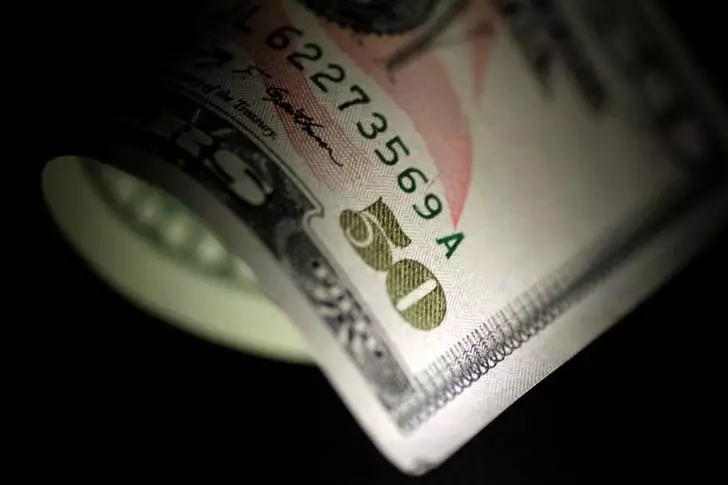In recent days, the US dollar has garnered significant attention as it attempts to stabilize after experiencing a notable decline. As of the latest updates, the Dollar Index, which measures the greenback’s performance against six major currencies, has shown a slight dip of 0.1% to 101.642—hovering close to a six-week peak. This week marks a turning point, with the index gaining about 1.5%, representing its most robust weekly performance since April. Such fluctuations indicate a complex interplay of various economic indicators and geopolitical events influencing investor behavior and market expectations.
The dollar’s recent resilience can be attributed to several critical factors. Firstly, geopolitical uncertainty has prompted investors to seek safe-haven assets, thereby boosting demand for the dollar. Furthermore, recent labor market reports out of the US have shown slightly better-than-expected outcomes, leading to increased optimism about the American economy’s recovery trajectory. Notably, the anticipation of an upcoming nonfarm payrolls and unemployment report adds to the cautious optimism surrounding the dollar.
In contrast, European economic indicators reveal lower-than-expected inflation rates, which have shifted market predictions towards a potential interest rate cut by the European Central Bank in October. Analysts suggest that this divergence supports the dollar’s strength, as investors may view the US economy as a more stable option relative to its European counterpart.
Despite this temporary consolidation of the dollar’s strength, analysts at UBS advise caution for those considering long positions in the greenback. While they acknowledge that the dollar has momentarily regained some value, they warn against viewing this as a sustainable trend. UBS argues that if the trend of lower inflation persists, the US could see rates dip closer to the Federal Reserve’s target of 2%. This could potentially pave the way for more aggressive monetary policy adjustments, including a 50 basis point interest rate cut in November.
UBS emphasizes that while they do not consider a significant inflation drop as their base case scenario, the possibility cannot entirely be dismissed. The combination of mixed labor market signals, alongside the overarching threat of inflation underperformance, creates an unpredictable environment for the dollar’s future performance.
Looking ahead, UBS projects broader dollar weakness in the upcoming months. The current upswing offers a window for investors to reconsider their positions. As geopolitical tensions, economic data, and monetary policy shifts continue to shape market dynamics, strategic portfolio adjustments may become essential. Investors are advised to leverage this moment of dollar strength to mitigate exposure rather than pursue aggressive accumulation.
Ultimately, the US dollar’s fate hinges on a confluence of geopolitical factors and domestic economic performance. While current trends suggest temporary strength, the underlying uncertainties necessitate a cautious approach as investors navigate the complex global financial landscape.


Leave a Reply